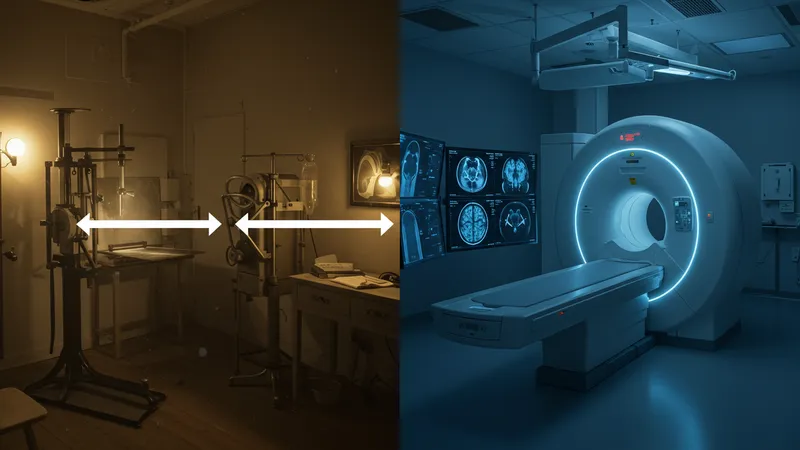
The Role And Evolution Of Medical Imaging Equipment In Modern Healthcare
From X-rays to MRIs: The Technological Leap
We’ve traversed a vast landscape from the humble beginnings of X-rays to today’s sophisticated MRI machines. While X-rays provided a basic sketch, MRIs bring the canvas to life with rich detail. This transition marks a significant leap in medical technology, elevating diagnostic accuracy to previously unimaginable levels. The journey began with Wilhelm Roentgen’s discovery in 1895, and today, medical imaging continues to expand its horizons profoundly.

With their ability to capture intricate details of soft tissues, MRIs revolutionized fields like neurology and orthopedics. Unlike X-rays, MRIs provide comprehensive insights into the body’s internal workings without radiation risks. The evolution didn’t stop there; innovations now include functional MRIs, which not only visualize the brain’s structure but also its activity in real-time, opening new doors to understanding neurological disorders.
The integration of contrast agents in MRI technology has further enhanced its utility, enabling radiologists to discern minute anomalies with astonishing precision. This advancement has redefined our approach to diseases like cancer, allowing for earlier and more accurate detection. These technological leaps not only save lives but also improve the quality of life for countless patients through less invasive diagnostic methods.
Despite these achievements, the field continues to advance at a breakneck pace. As we delve deeper into the potentials of imaging technology, it propels the medical world towards more personalized and predictive medicine. But this technological race is more than about enhancing machines—it’s about reshaping healthcare’s foundational structure…